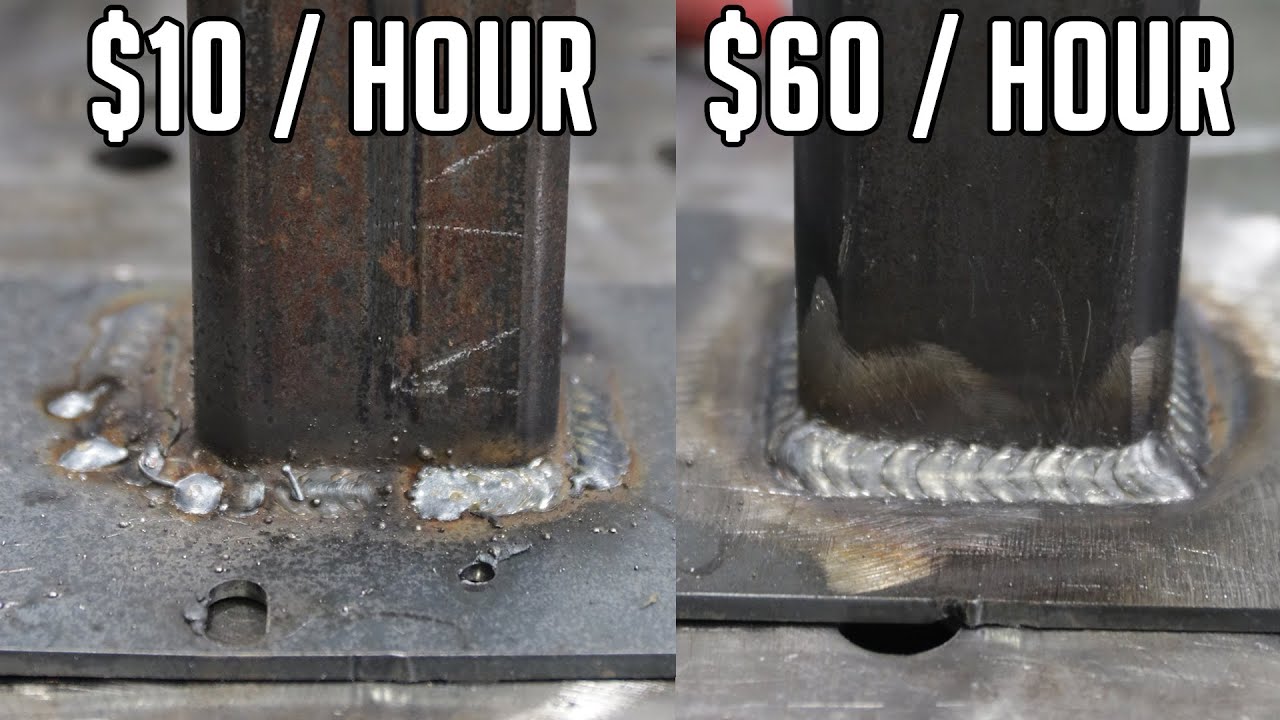Updated Welding Codes: What Your Shop Must Implement
Staying current with welding codes is essential for safety, quality, and on-time delivery. Recent changes across major code bodies can affect who qualifies, how welds are documented, and what equipment or training your team must have. This post breaks down the updates and translates them into practical shop practices that minimize rework, keep inspections smooth, and prevent delays in certification testing and project workflows.
Understanding the Scope of the Updated Codes
The latest updates typically touch several areas: qualification requirements, documentation governance, inspection criteria, and the use of new materials or processes. Shops that work with structural welds often see changes to the AWS D1.1 family of codes, while pressure boundary or piping projects may reference ASME Section IX more rigorously. The common thread is clarity and traceability: you need documented WPSs that reflect the updated procedures, certified welders who can perform to those procedures, and records that prove what was done, when, and by whom. Start by identifying which codes apply to your projects, then map the changes to your current WPS, PQR, and QA/QC practices.
Compliance Steps Every Shop Must Take
Turn updates into a concrete action plan with these steps:
- Identify all codes and amendments that apply to your work (including AWS, ASME, and region-specific requirements).
- Perform a gap analysis comparing current WPS/PQRs, welder qualifications, and QC procedures against the updated criteria.
- Revise or create WPSs and associated PQRs to align with the new requirements; validate them through internal or third-party review.
- Update training plans and requalification schedules for welders and QC staff; document competency and certificates.
- Adjust calibration, nondestructive examination (NDE) practices, and equipment maintenance to meet new standards.
- Revise documentation control, recordkeeping, and audit trails so every weld can be traced to a WPS, filler metal, and heat input data.
- Implement a change-management process to deploy updates across the shop without disrupting production.
Inspection Readiness: Preparing for Audits and Surprises
Audits are easier when you build readiness into daily workflows. Start with a clean, organized documentation library that includes current WPS, PQRs, approved material lists, welder qualifications, and calibration certificates. Maintain calibration pending items and ensure heat-treat and post-weld heat treatment (PWHT) records are accessible. Create a simple, repeatable flow for material traceability: batch numbers, heat numbers, and lot codes should be linked to specific welds and contractors. Conduct internal checks before external audits, run through typical auditor questions, and keep nonconforming material and repair records neatly filed with root-cause analyses and corrective actions.
Training and Certification: Keeping Your Team Up to Date
One of the biggest pain points in code adoption is ensuring everyone understands and can execute the new requirements. Build a training plan that covers changes to WPSs, PQRs, inspection criteria, and the use of any new equipment or techniques. Use a mix of classroom sessions, hands-on demonstrations, and on-the-job coaching. Maintain a training matrix that tracks which welders and inspectors are qualified for which procedures, including requalification timelines. When new technologies arrive, schedule early testing and validation with your QA team to prevent last-minute delays on certifications or shop floor implementation. Certified Welding Inspector (CWI) Courses
Implementing New Technologies and Equipment Under the Codes
New welding technology—whether it’s advanced power sources, automated welding cells, robotic arms, or additive manufacturing—should enhance capability without compromising compliance. Before you buy or deploy equipment, verify that your WPS encompasses the process, equipment, and parameters. Ensure data capture for process variables, with the ability to back it up to your QC records. Train staff to operate in line with the updated codes, and coordinate with your supplier on any required documentation or certifications. The goal is to integrate innovations to speed production while preserving traceability, heat input control, and nondestructive testing criteria. Welding automation and robotics trends
Practical Workflows: Document Control, Recordkeeping, and QC
Concrete workflows help you stay compliant under pressure. Create and maintain a digital library of up-to-date WPS and PQR documents, with version control and change history. Keep welder qualification records, material certificates, and calibration data linked to each project and weld. Use standardized checklists for each stage of production—from material receipt and welding prep to final inspection and PWHT where required. Implement a robust NCR process to capture and resolve nonconformances, with clear timelines and corrective-action tracking. A well-structured QC workflow reduces finger-pointing and speeds up approvals during audits. Lincoln Electric Welding How-To Resources
Common Pitfalls and How to Avoid Them
- Underestimating the scope of updates and continuing with outdated WPS and training.
- Letting documentation drift, making traceability difficult or impossible.
- Neglecting calibration and equipment maintenance that affect weld quality.
- Inadequate internal audits or rushed requalification that leave gaps during external reviews.
- Weak change-management processes that fail to synchronize people, process, and data.
Key Takeaways
- Know which codes apply and what changed, then translate that into updated procedures.
- Update WPS, PQR, and QC processes first, then train the team and validate competency.
- Keep thorough, organized records and ensure inspection readiness for audits.
- Plan for new technologies within the compliance framework, including testing and data capture.
- Embed change management into daily workflows to sustain compliance and efficiency.
Conclusion: Staying compliant with updated welding codes doesn’t slow your projects; it enhances safety, quality, and efficiency. With careful planning, documentation, and training, your shop can adopt new technology smoothly while keeping production on track.



